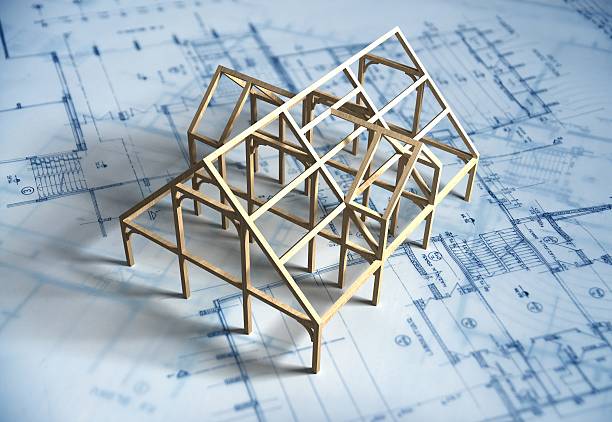Residential property development is more than just constructing houses—it’s about creating value. Every decision, from site selection to interior finishes, can significantly influence the potential returns of a project. Whether you are a seasoned developer or taking on your first residential project, understanding strategies to enhance property value is critical. In this post, we explore actionable steps to unlock the true potential of your residential development.
1. Start with Smart Site Selection
The value of a residential project often begins with its location. Proximity to schools, shopping centers, healthcare facilities, and public transport can dramatically increase market appeal. Additionally, consider future development plans in the area, such as new commercial hubs or infrastructure projects. A property in a developing neighborhood may have lower initial costs but can offer significant appreciation over time. By researching local demographics, market trends, and zoning regulations, developers can select sites that promise both immediate and long-term value.
2. Emphasize Quality Design and Architecture
First impressions matter. A well-designed property not only attracts buyers but can command higher prices. Focus on architectural appeal, functional layouts, and outdoor spaces that enhance the living experience. Open floor plans, natural light, and flexible spaces for home offices or entertainment areas are increasingly desirable features. Collaborating with experienced architects and interior designers ensures the project aligns with modern trends while maintaining a timeless aesthetic. Investing in quality design upfront often reduces renovation needs later, boosting resale value.
3. Incorporate Sustainable Features
Sustainability is no longer just a trend—it’s a requirement for modern residential developments. Energy-efficient appliances, solar panels, water-saving fixtures, and proper insulation not only reduce utility costs for homeowners but also enhance the property’s marketability. Many buyers are willing to pay a premium for eco-friendly homes, recognizing long-term savings and environmental benefits. Additionally, green certifications and adherence to local sustainability standards can make the property more attractive to environmentally conscious buyers or investors.
4. Focus on Functional Landscaping and Outdoor Spaces
Landscaping is frequently underestimated, yet it plays a crucial role in enhancing a property’s perceived value. Thoughtfully designed gardens, patios, and outdoor amenities not only expand usable living areas but also create an inviting and enjoyable environment. Features such as private gardens, communal green spaces, walking trails, rooftop terraces, or even custom playgrounds—sourced from reputable playground equipment manufacturers in Montana—can significantly boost a development’s appeal. Additionally, practical elements like proper drainage, low-maintenance plants, and safety-conscious design increase usability and minimize future upkeep, which buyers consistently value.
5. Prioritize Smart Home Technology
Modern buyers increasingly expect smart home features. Integrating technology such as automated lighting, security systems, climate control, and smart appliances adds convenience and enhances property value. Smart home systems can also improve energy efficiency, which aligns with sustainability goals. By offering technology that enhances daily living, developers can position their properties as premium, forward-thinking investments.
6. Deliver High-Quality Finishes and Materials
The choice of materials significantly affects a home’s durability and aesthetic appeal. Using high-quality flooring, fixtures, and cabinetry demonstrates attention to detail and longevity. Buyers are often willing to pay more for properties that require fewer repairs or upgrades, making premium finishes a worthwhile investment. Even simple touches like modern lighting, elegant countertops, and sturdy doors can transform the perception of a home from ordinary to exceptional.
7. Create a Strong Marketing and Branding Strategy
Value isn’t just about physical features; perception matters. A strategic marketing campaign can highlight unique selling points and attract the right buyers. Professional photography, virtual tours, and detailed property descriptions help potential buyers envision themselves living in the space. Emphasize the lifestyle benefits, community features, and any unique aspects of the development. A strong brand and marketing narrative increase demand and can justify higher pricing.
In Conclusion
Boosting the value of a residential project requires a combination of thoughtful planning, innovative design, and strategic marketing. From choosing the right location to incorporating sustainable features, every element contributes to overall appeal and profitability. By prioritizing quality, functionality, and buyer experience, developers can unlock the full potential of their residential projects. In today’s competitive market, adding value is not just an option—it’s a necessity.
Invest in your development wisely, and the returns will reflect both the vision and effort put into creating homes that people truly want to live in.
